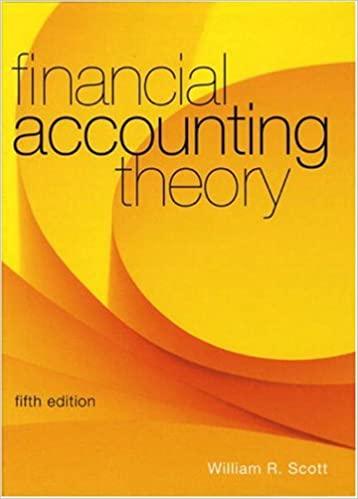It is important to realize that different bases of accounting, such as current value accounting and historical
Question:
It is important to realize that different bases of accounting, such as current value accounting and historical cost-based accounting, do not affect total earnings over the life of the firm, but only the timing of the recognition of those earnings. In effect, over the life of the firm, the firm "earns what it earns," and different bases of accounting will all produce earnings that add up to this total.
If this is so, then we would expect that the greater the number of time periods over which we aggregate a firm's historical cost earnings, the closer the resulting total will be to economic earnings, that is, the earnings total that would be produced over the same periods under ideal conditions.
This was studied by Easton, Harris, and Ohlson (1992) (EHO) and by Warfield and Wild (1992) (WW) EHO proxied economic income by the return on the firm's shares on the securities market. When this return was aggregated over varying periods of time (up to 10 years) and compared with aggregate historical cost-based earnings returns for similar periods, the comparison improved as the time period lengthened. WW studied a similar phenomenon for shorter periods. They found, for example, that the association between economic and accounting income for quarterly time periods was on average about 1/10 of their association for an annual period, consistent with mixed measurement model-based net income lagging behind economic income in its recognition of relevant economic events.
Required
a. In Example 2.1, calculate net income for years 1 and 2 assuming that P.V. Ltd. uses historical cost accounting with straight-line amortization for its capital asset, while retaining all other assumptions. Verity that total net income over the two-year life of PV. Ltd. equals the total economic net income that PV. Ltd. would report using present value amortization
b. Do the same in Example 2.2, assuming that the state realization is bad and good in years 1 and 2 respectively
c. Use the fact that accruals reverse to explain why total net income over the two years in parts a and b above are the same under economic and straight-line amortization. Are these results consistent with the empirical results of EHO and WW outlined above?
Step by Step Answer:






